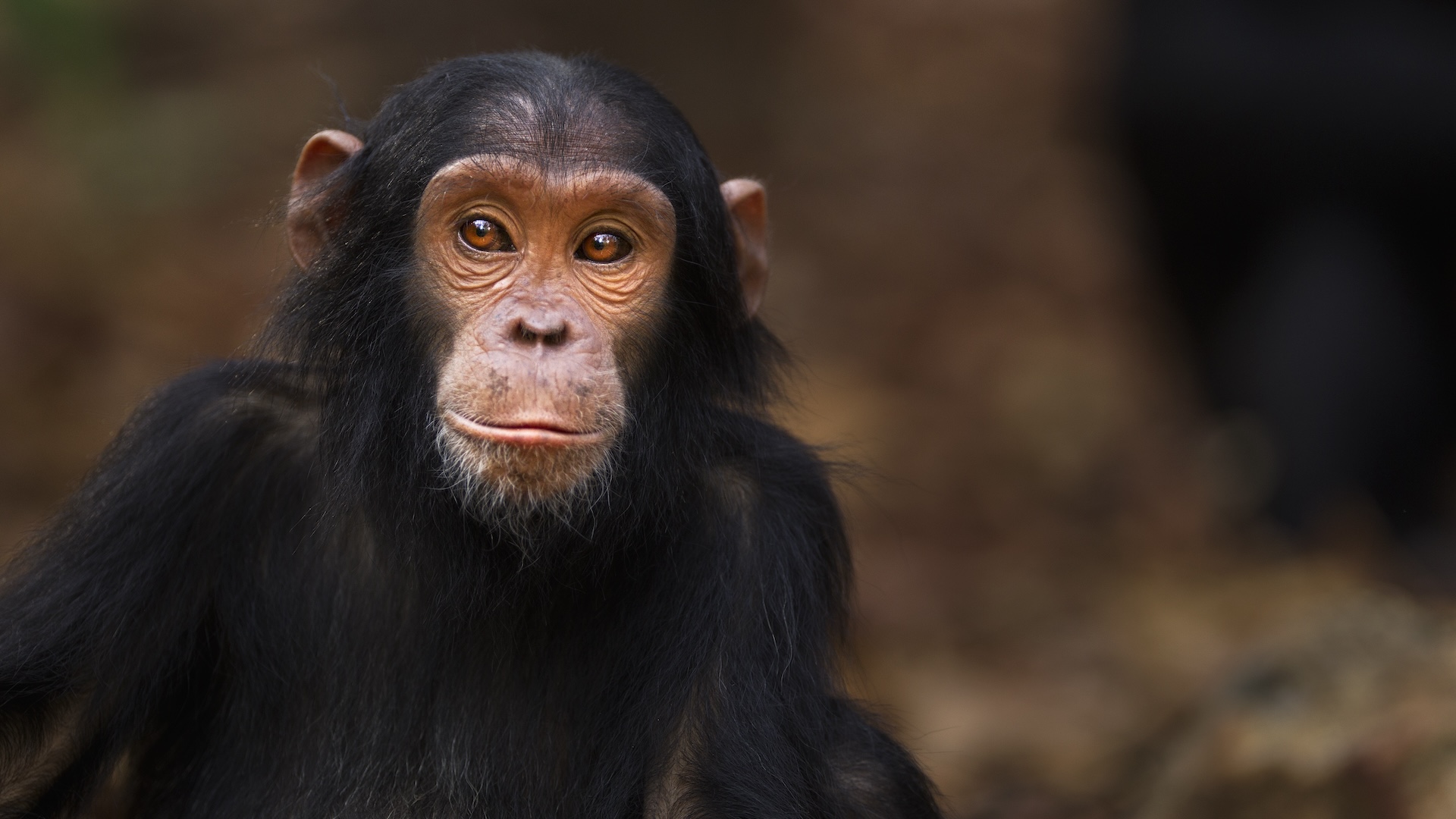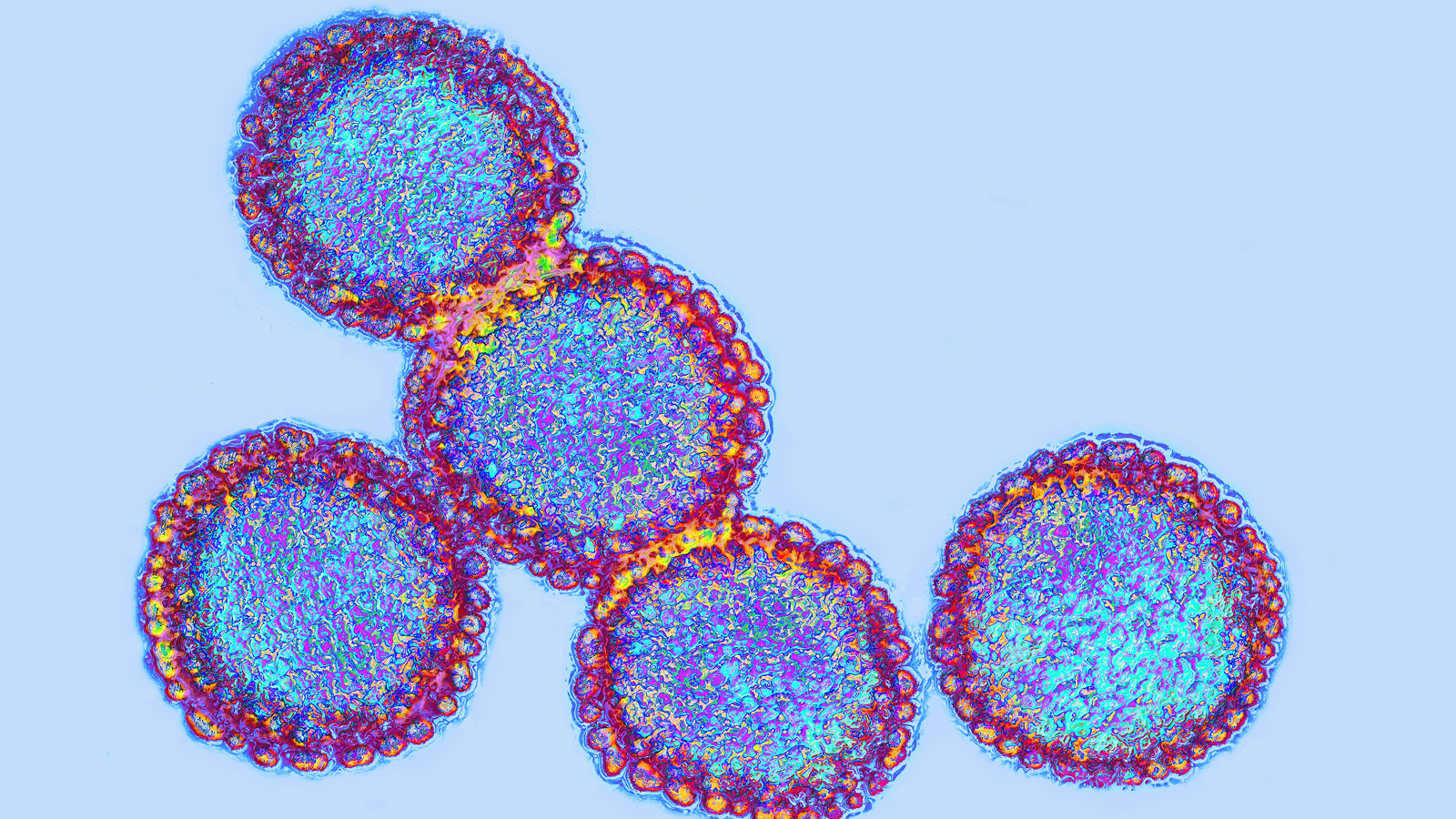Octopuses: Facts about the 8-armed geniuses of the sea
Discover interesting facts about octopuses, an intelligent group of cephalopods with three hearts, eight arms and a reputation for causing mischief in oceans around the world.
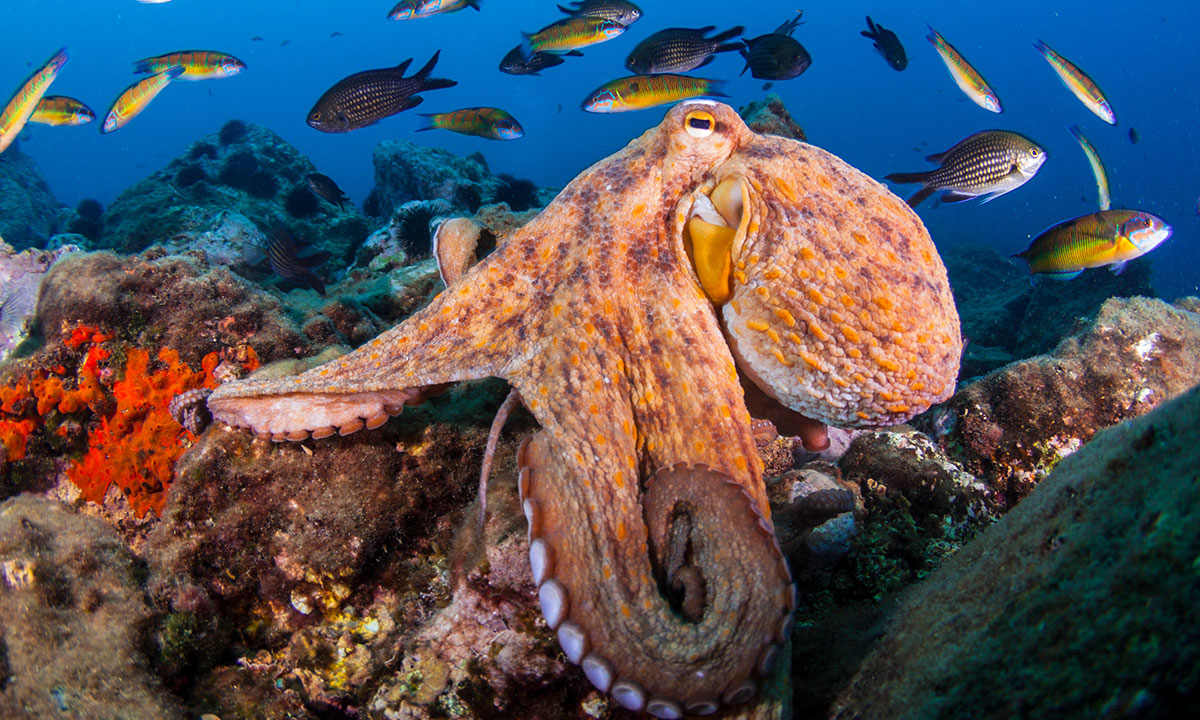
Octopuses are famous for their bizarre bodies, quick thinking and mischievous personalities. There are more than 300 species of octopus that scientists know about, and likely many more we have yet to discover.
The largest known octopus is the giant Pacific octopus, which weighs as much as 600 pounds (270 kilograms) and grows as long as 30 feet (9 meters) across, according to the Marine Conservation Society. That's as long as a bus! The smallest octopus, the star-sucker pygmy octopus, is tiny in comparison, weighing less than 0.04 ounces (1 gram) and growing less than 1 inch (2.5 centimeters) long — shorter than the width of a quarter.
An octopus has eight arms that can all move independently of each other. Octopuses use their arms for a variety of tasks, such as to catch prey, use tools, walk along the ocean floor and even taste.
5 fun facts about octopuses
- Octopuses have a parrot-like beak, which is the only hard part of their body.
- The plural of octopus is "octopuses" or "octopi," according to Merriam-Webster. Some people also say "octopodes."
- Octopuses can change color, but it takes a lot of energy. They burn more calories changing color than humans do on a 25-minute run.
- Octopuses can rewire their brains to adapt to different ocean temperatures.
- All octopuses are venomous. Blue-ringed octopuses are among the most toxic animals on Earth, and have a neurotoxin that can kill humans.
Everything you need to know about octopuses
Where do octopuses live?
Octopuses live in oceans around the world, from the frigid waters of the Arctic and Antarctic, to the warm waters of the tropics. They're also found along every coast in the U.S., according to the National Wildlife Federation.
Different octopus species are adapted to life in different conditions, such as coral reefs or the deep sea. Dumbo octopuses — named for their big ear-like fins resembling the Disney elephant — live at the deepest depths. In 2020, researchers filmed a dumbo octopus 4.3 miles (6.9 kilometers) beneath the surface of the Indian Ocean — nearly twice as deep as the wreck of the Titanic.
What do octopuses eat?
Octopuses are carnivores, so they eat meat. Their diet includes fish, clams, shrimp, crabs and even other octopuses. They change their hunting tactics depending on what they're eating. For example, an octopus will pounce like a cat on crabs, while it's more cautious with shrimp, leading with just one arm so as to not spook its dinner.
Some octopuses team up with fish they don't eat to find smaller prey they do eat. Octopuses can cover more area hunting with a group of fish and increase their chances of a catch. However, octopuses can be irritable hunting partners. Researchers have observed big blue octopuses using their arms to punch fish they're hunting with in the head. A 2024 study found that octopuses most frequently hit blacktip groupers, which weren't very good hunting partners.

How many hearts does an octopus have?
An octopus has three hearts. The largest heart is called the systemic heart, which is in the middle of an octopus's body. The systemic heart pumps blood all around the body except for the two gills, which each have their own smaller heart called a branchial heart, or gill heart.
The three-heart system is good at keeping blood pressure up. Branchial hearts pump blood through the gills to get oxygen, but octopuses still need a big heart to pump the blood around the rest of the body.
What color is octopus blood?
Octopus blood is blue. The blue color comes from a copper-based protein called hemocyanin, which carries oxygen around octopuses' bodies. Our blood is red because we use an iron-based protein called hemoglobin.
Haemocyanin is more efficient than hemoglobin at carrying oxygen molecules in cold water and low-oxygen conditions, according to the Natural History Museum in London. Researchers have found that an Antarctic octopus called Paraledone charcoti has more hemocyanin in its blood than octopuses living in warmer climates, so it can survive in the really chilly waters around Antarctica.
How long do octopuses live?
Octopuses usually only live for a year, but it depends on the species. Giant Pacific octopuses have a lifespan of up to five years, according to the Monterey Bay Aquarium. Most octopuses die after they reproduce. Males can get eaten by females after mating, but even if they avoid this, they still die a few months later. Females die after caring for their eggs.
Both males and females go through a rapid process of aging after reproduction, during which they stop eating, lose coordination and develop lesions. Females seem to have it particularly tough as they can torture and even eat themselves during this difficult final stage of their lives.
Octopuses don't survive out of water for long. However, some species can make short trips on land. In 2016, a common New Zealand octopus broke out of its tank at the National Aquarium of New Zealand, crawled along the floor, and escaped down a drainpipe that led directly to the sea.
Does an octopus have a brain?
Each octopus has one central brain, but their intelligence is spread around their body. Only 10% of neurons (specialized cells that transmit information around the body) in an octopus's central nervous system are located in its brain, while 60% are found in its arms, according to Oceana Canada. This means that each octopus arm effectively has its own little brain.
Octopus arms can taste, touch and move without direction from the central brain, though the central brain is capable of taking control of the arms as well, according to the Natural History Museum. Octopuses can also use their arms to detect light when it's too dark for their eyes to see.

How smart are octopuses?
Octopuses are smart. They have a great memory, can recognize individual people, use tools and solve puzzles. There's also some evidence that they dream like we do. In 2023, scientists filmed an octopus waking up from what they believed was a nightmare.
Octopuses have different brain structures, depending on their habitat and lifestyle. For example, octopuses living in deep waters with limited interactions with other animals have brains similar to rodents. In contrast, reef octopuses have much larger brains with some properties similar to primates, which they need for complex visual tasks and social interactions.
Are octopuses social animals?
Octopuses are usually solitary animals that live alone, but that doesn't mean they aren't social. Males and females communicate with each other through displays, potentially to attract mates but also to show aggression. In Australia, gloomy octopuses signal aggression by making themselves darker and sometimes climbing on top of ship wreckage so they're taller. They've also been recorded flinging shells and sand at each other.
Octopuses each have their own personalities. For example, some octopuses kept in aquariums are very keen to interact with their human keepers, while others aren't bothered. Captive octopuses have even been known to develop a dislike for certain people but not others.
Octopus pictures

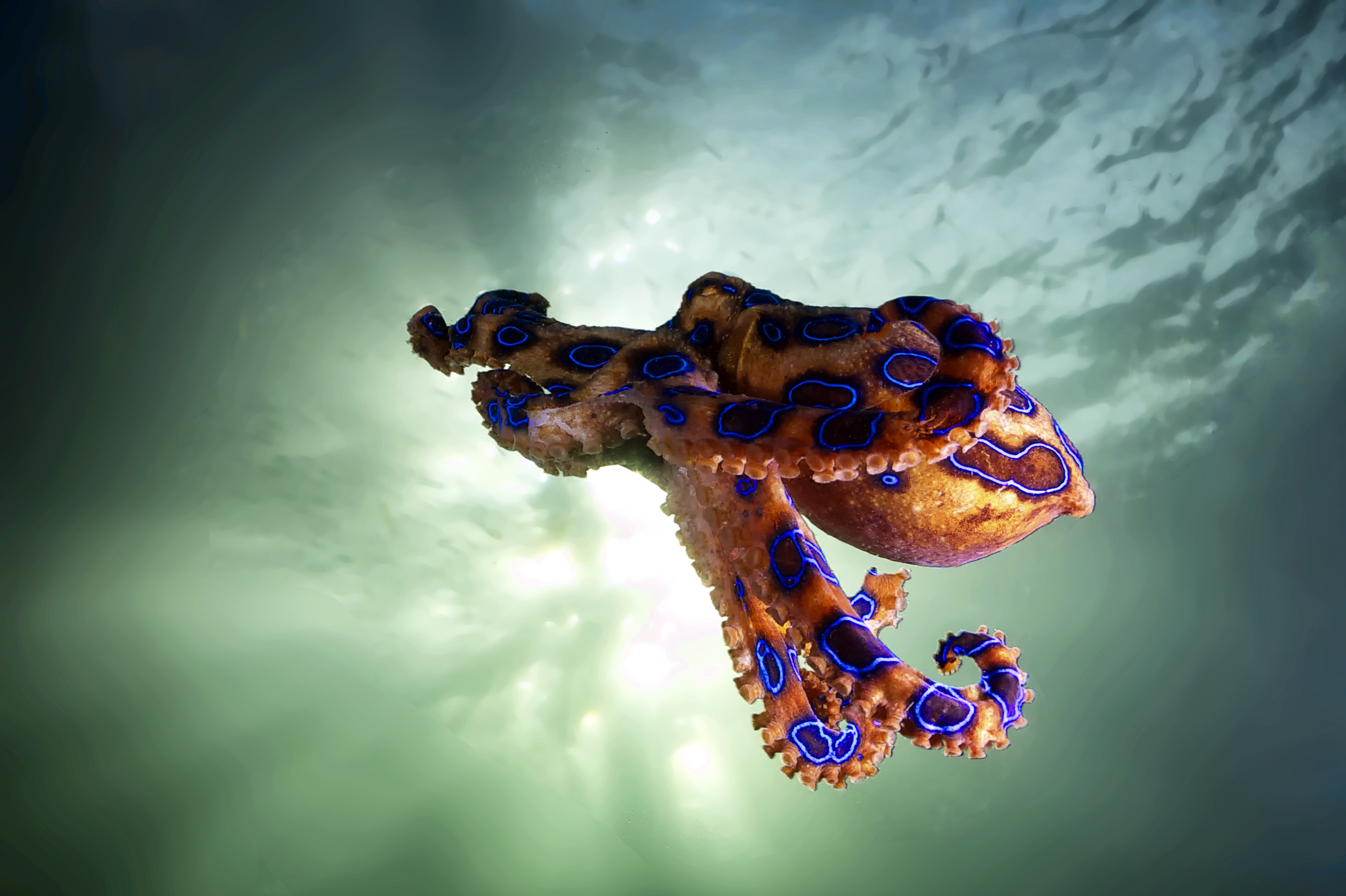
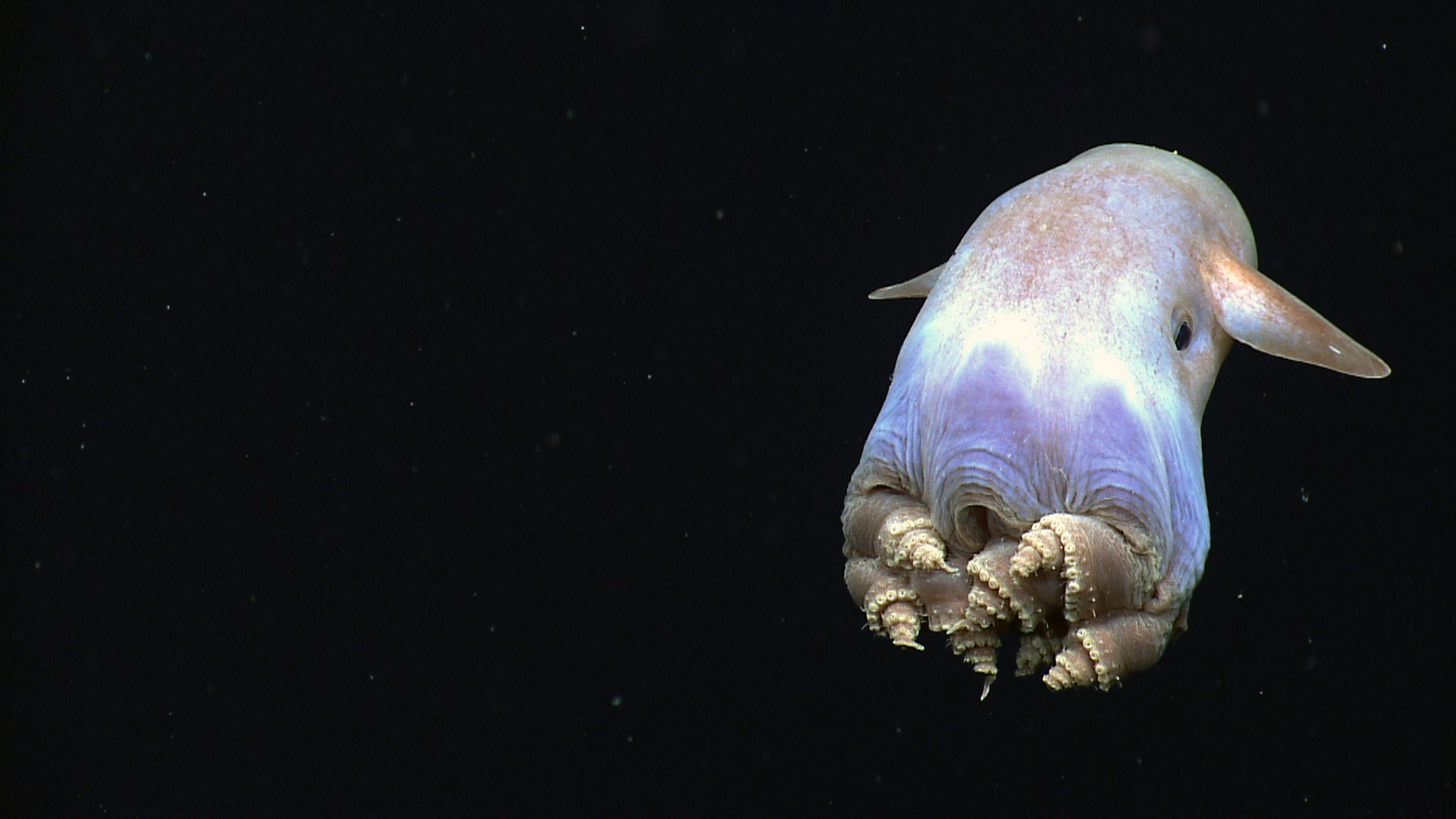
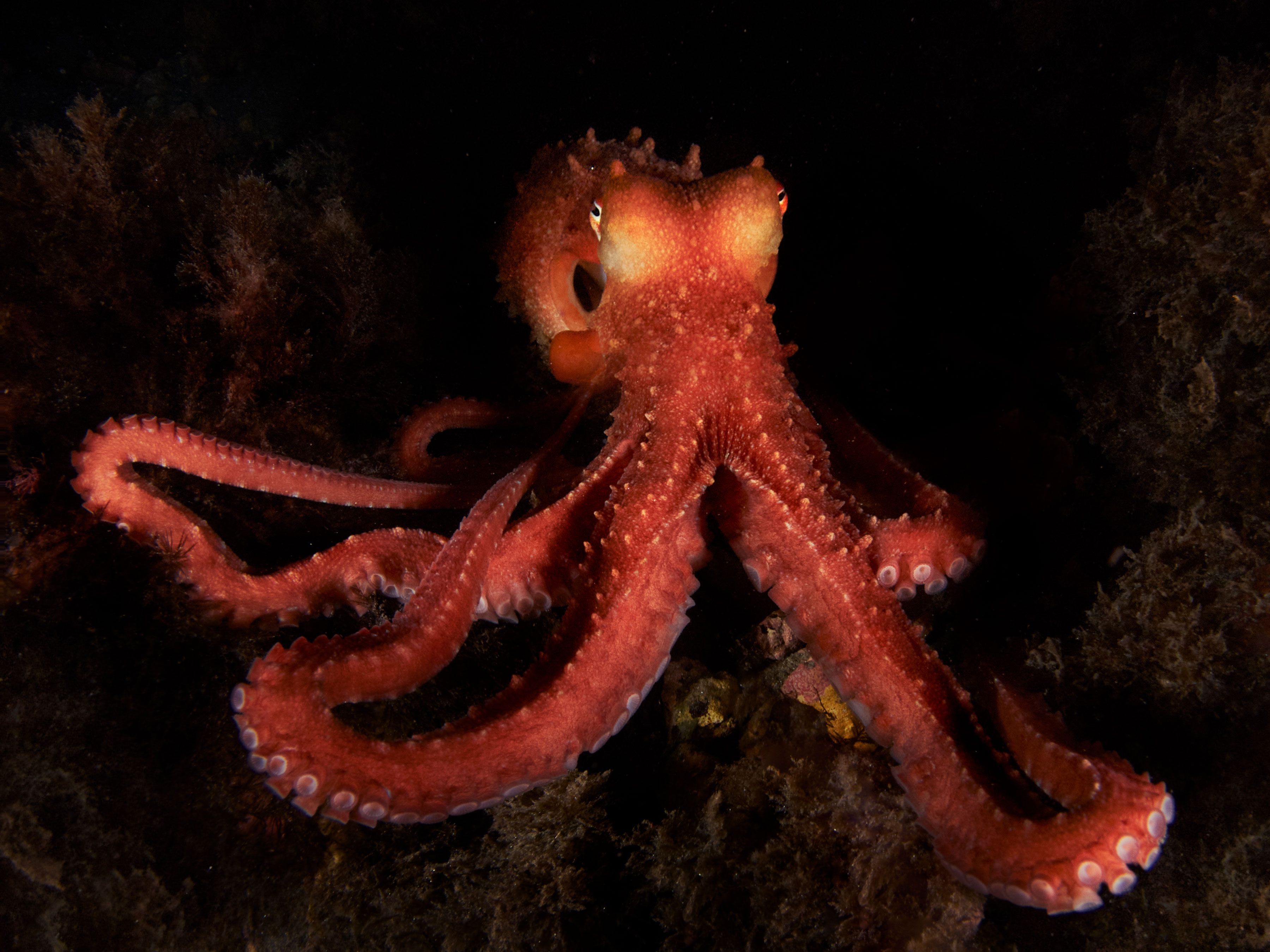
Discover more about octopuses
—How do octopuses change color?
—See extremely rare photos of alien-looking '7-arm octopus' spotted near Washington coast
Sign up for the Live Science daily newsletter now
Get the world’s most fascinating discoveries delivered straight to your inbox.

Patrick Pester is the trending news writer at Live Science. His work has appeared on other science websites, such as BBC Science Focus and Scientific American. Patrick retrained as a journalist after spending his early career working in zoos and wildlife conservation. He was awarded the Master's Excellence Scholarship to study at Cardiff University where he completed a master's degree in international journalism. He also has a second master's degree in biodiversity, evolution and conservation in action from Middlesex University London. When he isn't writing news, Patrick investigates the sale of human remains.
You must confirm your public display name before commenting
Please logout and then login again, you will then be prompted to enter your display name.


